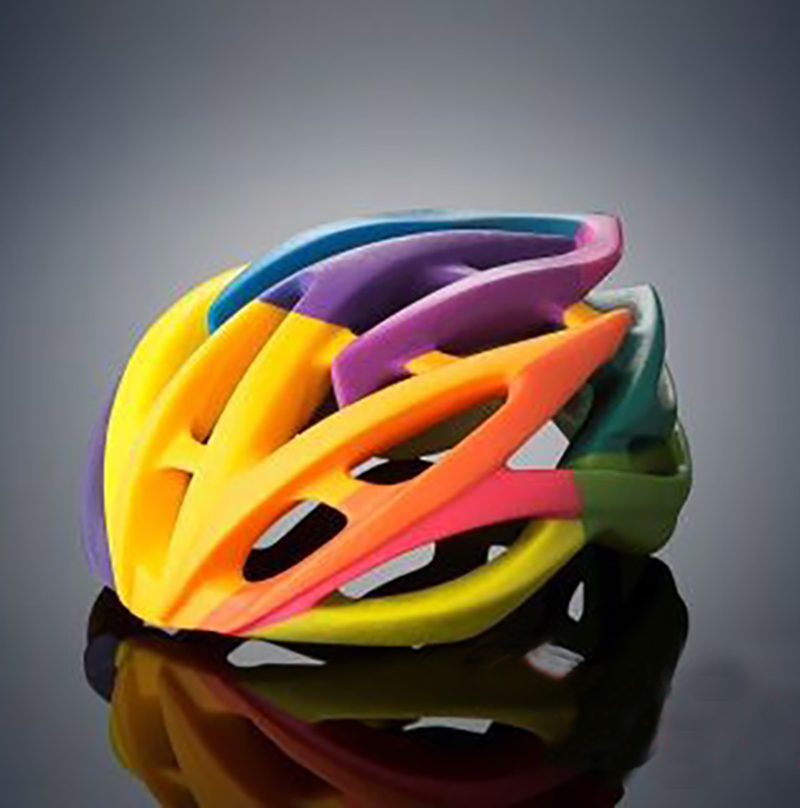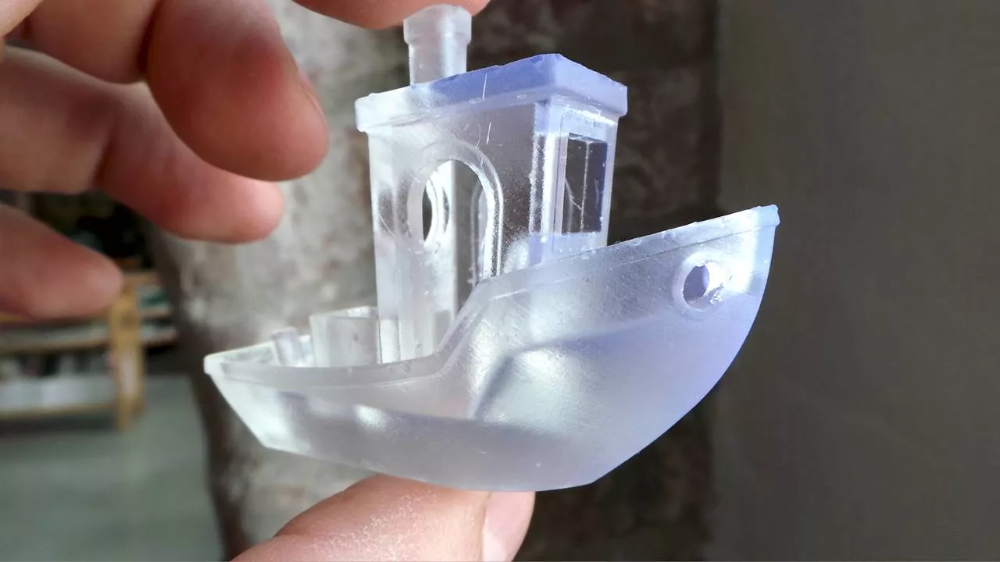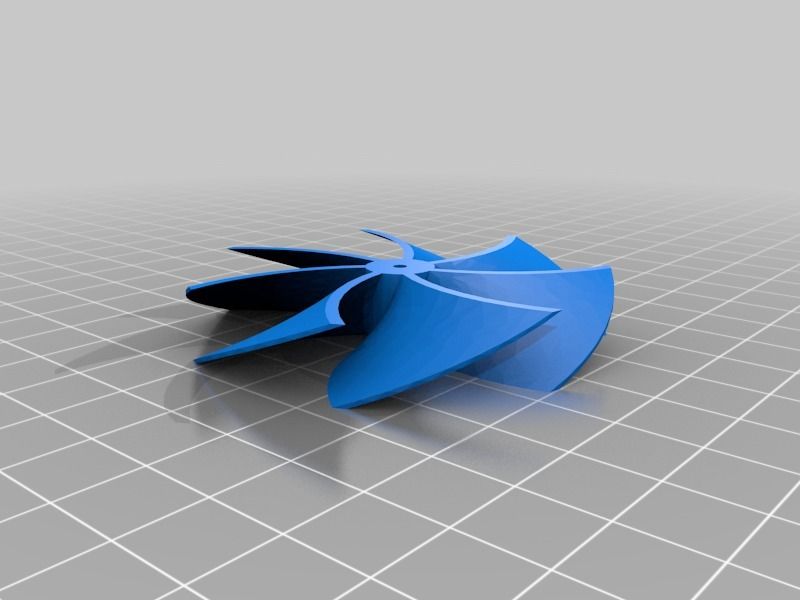Carbon nylon 3d printing
Everything you need to know about Carbon Fiber 3D printing
Before you get started with carbon fiber 3D printing, we’ve compiled some of the basic information you’ll need to know. Read on to learn the advantages, disadvantages, history, and applications of carbon fiber 3D printing
Nylon Carbon Fiber Filament and 3D printed alignment jig
Additive manufacturing has grown quite a bit in its 30 year existence. But what’s more impressive is the maturation of desktop 3D printing within the last 10. What was once a collection of hobbyist DIY kits and projects printing mostly PLA and ABS (with mixed results at best) has developed into a range of products that can serve even the most demanding professionals using more exotic materials such as carbon fiber and other composites.
With this rapid expansion of exotic materials comes a learning curve. For this article, we’ll discuss carbon fiber as a material, going through some of its history, benefits, and applications, and of course, the things you will want to know before you start with carbon fiber 3D printing.
UNDERSTANDING CARBON FIBER AS A MATERIAL
Carbon fiber comes in many different forms. It can be used in conjunction with resin and molds; it can be combined with polymers in composite form. It has been used for everything from lightbulbs to high performance race cars - and is even being tested on Mars-bound rockets. While applications are wide ranging, the most obvious benefit of carbon fiber is it’s high strength-to-weight ratio.
History
Carbon fibers were first discovered by Thomas Edison in the late 19th century for use as filament in early lightbulbs. In the late 1950’s, The Union Carbide Corporation first realized the strength benefits that could be achieved through further processing techniques. Over the next 50 years, manufacturing techniques advanced further, and today carbon fiber has become ubiquitous with high performance products from race cars to airplanes.
Source: Real Engineering
Manufacturing Processes
The manufacturing of carbon fiber is complex and expensive
Source: AZO Materials
In general, all carbon fiber is produced starting with a six step process. PAN (polyacrylonitrile) is obtained as a byproduct of petroleum and is typically the preferred material from which carbon fiber is produced. PAN is mixed with other ingredients and spun into fibers which are as thin as 10% of the thickness of a human hair. The fibers are then oxidized to stabilize bonding before going through carbonization during which the fibers are heated to temperatures of 1000° C to remove impurities. The surface is then treated to improve bonding before the final step of sizing in which fibers are coated and spun into different thickness yarns.
PAN (polyacrylonitrile) is obtained as a byproduct of petroleum and is typically the preferred material from which carbon fiber is produced. PAN is mixed with other ingredients and spun into fibers which are as thin as 10% of the thickness of a human hair. The fibers are then oxidized to stabilize bonding before going through carbonization during which the fibers are heated to temperatures of 1000° C to remove impurities. The surface is then treated to improve bonding before the final step of sizing in which fibers are coated and spun into different thickness yarns.
Applications
High performance racing teams in Formula 1 and other circuits need to be strong and lightweight to maximize speed and agility. The stiffness of carbon fiber combined with its low weight makes it the perfect material.
Source: SpaceX
Cutting edge aerospace developments have shown carbon fiber to be a fantastic material for reinforcing wings and bodies of airplanes and are even being tested for next-generation rockets - in both cases, lightweight means more fuel can be carried and longer ranges can be achieved.
Many sporting goods companies have dabbled in using cutting-edge composites of carbon fiber to gain a competitive advantage - especially when it comes to professional athletics such as cycling and golf.
Factories, machine shops, and other manufacturing facilities that use robotics might use carbon fiber 3D printing to produce end of arm tools that can sustain a high degree of force while taking up the minimum amount of the robotic arm’s lift capacity.
FUSED DEPOSITION MODELING (FDM) CARBON FIBER 3D PRINTING
3D printing carbon fiber means choosing the right composites for your application. The base polymer can dictate final properties of the part as well as the considerations that go into the 3D printing experience. Below, you’ll see a variety of composites in carbon fiber 3D printing and some of their strengths and weaknesses.
| PARAMETER | Imperial | Metric |
|---|---|---|
| Heat Deflection (ASTM 648, 66 psi) | 363°F | 184°C |
| Tensile Strength (ISO 527) | 16,000 psi | 110 MPa |
| Tensile Modulus (ISO 527) | 1,102,000 psi | 7,600 MPa |
| Strain at Yield (ISO 527) | 2% | 2% |
Specifications for MakerBot Nylon Carbon Fiber
POPULAR COMPOSITES OF CARBON FIBER
As mentioned earlier, nylon 3D printing in FDM is a bit difficult but with the right tools it can be used to produce consistent results.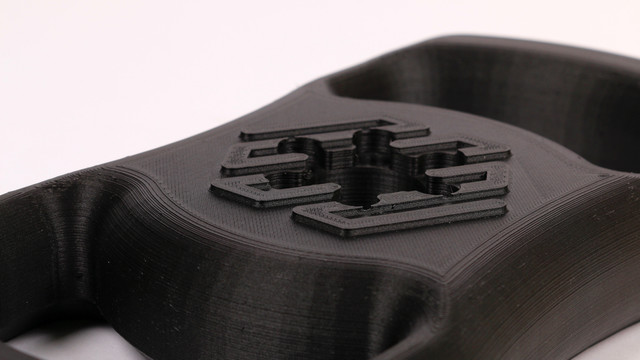 We will start with some of the common challenges with nylon 3D Printing.
We will start with some of the common challenges with nylon 3D Printing.
Nylon Carbon Fiber
Nylon carbon fiber is one of the more popular composites when it comes to carbon fiber 3D printing. That’s because nylon n already possesses desirable properties for engineering tasks. It has a high degree of strength and a high heat resistance. It also has a high degree of durability which balances out the brittleness of the carbon fiber itself. A potential drawback for nylon is its hygroscopicity making it all the more important to have a protected environment for spools of nylon carbon fiber, such as a mylar bag and a sealed material bay.
ABS Carbon Fiber
ABS is a well known material thanks to its common use in injection-molded consumer products. In carbon fiber 3D printing, ABS works as a solid base polymer because of its properties. ABS carbon fiber also tends to have a very nice surface finish which is almost always welcome whether the application is a prototype or end-use part. One downside of ABS carbon fiber is that it requires the use of a heated build chamber which is typically only found on higher end 3D printers.
One downside of ABS carbon fiber is that it requires the use of a heated build chamber which is typically only found on higher end 3D printers.
PETG Carbon Fiber
PETG is a material known for its resistance to chemicals and moisture in general making it a good composite polymer for carbon fiber 3D printing in applications that experience such exposure. Examples of these applications include parts that will encounter coolants or simply products that will be outdoors in rainy climates.
(Alternative) Glass Fiber
Carbon isn’t the only fill material when for 3D printing composites. Glass fiber is an alternative to carbon fiber 3D printing when a more flexible end product is desired. It can be composited with many of the same types of materials and can yield high strength in a similar way to carbon fiber.
PA6+CF Carbon Fiber Nylon 3D Filament by 3DXTECH
$58.00 – $210.00
4 interest-free payments with Learn More
CarbonX™ PA6+CF [Gen3] is made using a specialty Nylon 6 [PA6] copolymer and high-modulus carbon fiber. This is the go-to material for industrial applications that require superior thermal, mechanical, and chemical resistance properties while retaining the ease of printing that you’ve come to expect.
This is the go-to material for industrial applications that require superior thermal, mechanical, and chemical resistance properties while retaining the ease of printing that you’ve come to expect.
[yith_wcwl_add_to_wishlist]
SKU: Select options above Brand: CarbonX™ Categories: Carbon Fiber Nylon Family, Carbon Fiber Filaments, Carbon Fiber PA6, Nylon 6, Nylon Family
- Description
- Reviews
- Questions & Support
Gen 3 CarbonX™ PA6+CF Carbon Fiber Reinforced Nylon
Gen 3 CarbonX™ PA6+CF filament is formulated using a PA6 copolymer reinforced with high-modulus carbon fiber. This filament is ideal for anyone that desires a structural component with high modulus, improved chemical and thermal resistance, excellent surface quality, and ease of printing. Gen3 has higher HDT than our previous grades (147°C at .45MPa) allowing for expanded use in higher-temp applications.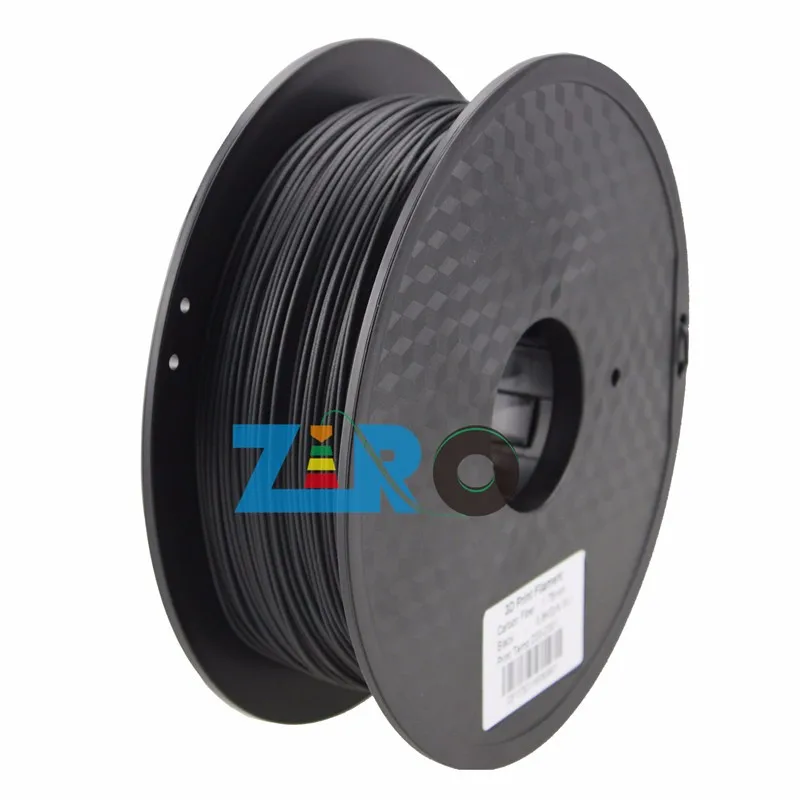
Unparalleled rigidity gives designers the properties they need to make their 3D printed parts with less material and save weight without sacrificing stiffness.
Gearbox HT2™ 3D Printer: Print industrial-grade parts using our PA6+CF and more with the new Gearbox™ HT2 High-Temp 3D Printer.
Print Recommendations
Extruder Temp
240-270°C
Bed Temp
80-110°C
Heated Chamber
Not required, but
improves layer bonding
Nozzle Specs
0.4mm diameter minimum
Hardened Steel Nozzle
Bed Adhesion
Magigoo Bed Prep
Layer Height
0. 9 ohm surface resistivity on 3DP sample using concentric ring test method.
9 ohm surface resistivity on 3DP sample using concentric ring test method.
Filament Specifications:
1.75mm and 2.85mm +/- 0.05mm in diameter
Recommended Print Settings:
- Extruder: 240-270°C
- Bed Temp: 80-110°C
- Nozzle: We currently recommend a hardened steel nozzle with a minimum diameter of 0.4mm
- Other: Ideal layer height is 60% of nozzle diameter. We do not recommend printing layers smaller than 0.2mm with carbon fiber reinforced filaments.
- Bed Prep: Magigoo Bed Prep Adhesive gives us the best results
- Heated Chamber: Not required, but a heated chamber between 30-80°C allows for superior layer bonding and mechanical properties
- Supports: Water soluble AquaTek X1 USM works great for complex parts.

- Drying Instructions: 90°C for 4 hours.
What Is It?
Fibers 5-10 micrometers wide made of carbon. The fibers are aligned following the axis of the material.
This, along with their physical makeup, are what give this material its excellent properties.
What Does It Do?
Carbon Fibers demonstrate a lot of desirable material properties:
- High stiffness
- High tensile strength
- High heat tolerance
- High chemical resistance
- Low weight
- Low thermal expansion
How Does It Work?
Reinforcing plastic with carbon fibers produces a 3D printing filament which exhibits the best properties of both the carbon fibers and the plastic of choice.
What Is It Good For?
Ideal for any applications which require light weight and rigidity.
Carbon fiber reinforced parts, designed to use less material and save weight, is extremely popular in aerospace, civil engineering, the military, and motorsports.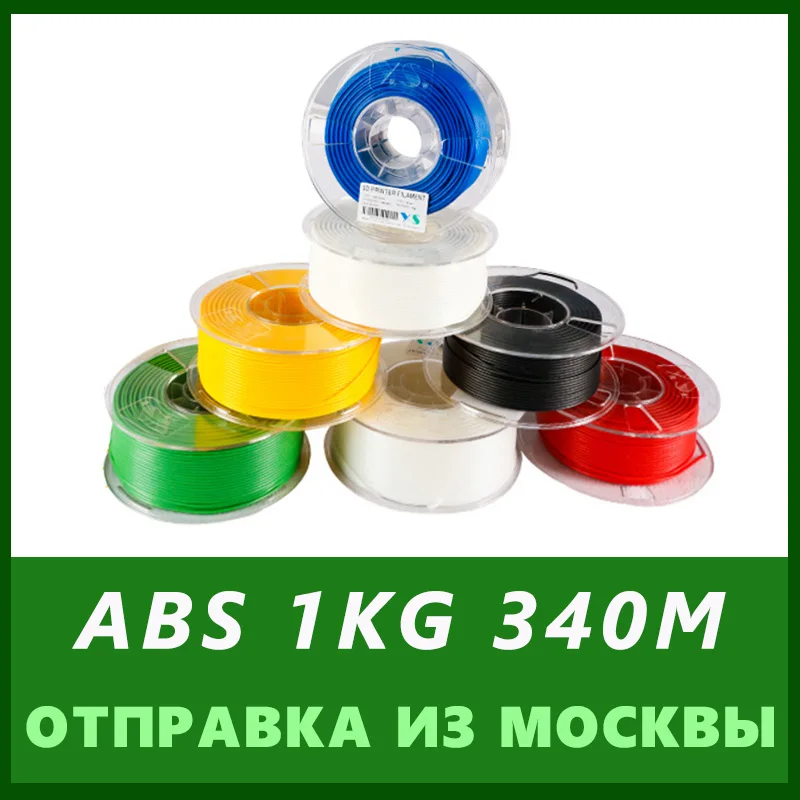
What Is It?
Fibers 5-10 micrometers wide made of carbon. The fibers are aligned following the axis of the material.
This, along with their physical makeup, are what give this material its excellent properties.
What Does It Do?
Carbon Fibers demonstrate a lot of desirable material properties:
- High stiffness
- High tensile strength
- High heat tolerance
- High chemical resistance
- Low weight
- Low thermal expansion
How Does It Work?
Reinforcing plastic with carbon fibers produces a 3D printing filament which exhibits the best properties of both the carbon fibers and the plastic of choice.
What Is It Good For?
Ideal for any applications which require light weight and rigidity.
Carbon fiber reinforced parts, designed to use less material and save weight, is extremely popular in aerospace, civil engineering, the military, and motorsports.
Abrasive Material
This material is particularly abrasive among 3D printing filaments. Users may find standard brass nozzles are chewed through very quickly compared to standard wear and tear. When worn through, the nozzle diameter will widen inconsistently and the printer will experience extrusion issues.
Because of this, it's strongly recommended this material be printed through a hardened steel nozzle rather than a softer metal. Hardened steel nozzles can often be inexpensive and easily installed depending on your printer manufacturer's instructions.
Questions?
Send us a message and we'll reach out as soon as we can!
Please enable JavaScript in your browser to complete this form.Name *
Business / Organization
Email *
Phone
What can we help you with? *
Newsletter Signup
- Sign me up for the 3DXTECH newsletter
Carbon Fiber Reinforced Nylon - An Ideal Metal Substitute
Nylon is a tough polymer material for 3D printing, but when mixed with carbon fiber, you can combine the benefits of both.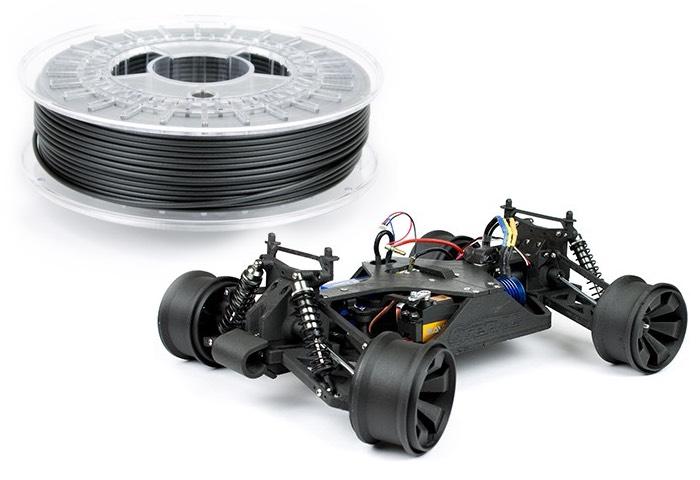 3D printed nylon carbon fiber parts have good mechanical properties. The strength and hardness are much higher than those of non-reinforced nylon, and the wear resistance, creep resistance and thermal stability are greatly improved. In addition, carbon fiber reinforced nylon has excellent wet properties in 3D printing and has better performance than glass fiber reinforced nylon.
3D printed nylon carbon fiber parts have good mechanical properties. The strength and hardness are much higher than those of non-reinforced nylon, and the wear resistance, creep resistance and thermal stability are greatly improved. In addition, carbon fiber reinforced nylon has excellent wet properties in 3D printing and has better performance than glass fiber reinforced nylon.
Benefits of carbon fiber reinforced nylon
When developing tools for industrial applications, traditional technologies used aluminum or alternative metal alloys because the metal parts perform better and meet the requirements of the tool. In many cases, thermoplastics can meet the strength requirements of such tools, but cannot meet the mechanical requirements.
Data sheet for Eplus3D PA11 Black CF
This is where composites come in. The addition of reinforcing elements to the base polymer can significantly change the properties of the original material, allowing plastic parts to replace metal parts. At present, commonly used reinforcing materials include carbon fiber and glass fiber, which can be used to reinforce ABS, nylon (PA), polypropylene (PP), polyetheretherketone (PEEK) and other materials.
At present, commonly used reinforcing materials include carbon fiber and glass fiber, which can be used to reinforce ABS, nylon (PA), polypropylene (PP), polyetheretherketone (PEEK) and other materials.
3D printed carbon fiber and nylon watch mount
Carbon fiber reinforced nylon is an ideal substitute for metal. By combining the lightness of nylon and the mechanical strength and thermal properties of carbon fiber, the strength and hardness of the carbon fiber composite nylon material has been greatly improved, and its mechanical strength is even higher than that of 3D printed PEEK and PEKK. In the automotive industry, metal parts can be exchanged from internal and external parts such as automotive mounting frame and instrument to engine housing. As we all know, carbon fiber is widely used in automotive industry due to its strong thermal and mechanical properties. As a substitute for metal parts, carbon fiber-reinforced nylon has broad application prospects in the automotive industry, allowing for weight reduction and design optimization, as well as environmental and economic benefits.
E Plus3D EP -P420 SLS 3D PRINTER
Eplus P420 SLS 3D Printer is high -class equipment for industrial production and scientific research. We offer advanced printing technologies and various resin materials, including PA12, PA12GF, PA11, PA11CF, TPU, etc., with high mechanical properties for functional testing and final products.
Everything you need to know about 3D printing carbon fiber
First produced by Joseph Swan in 1860, carbon fiber is made up of a long chain of carbon atoms bonded together. The chain is typically 5 to 10 micrometers in diameter and varies in length depending on the application. Over the years, carbon fiber has become popular in many sectors because it offers interesting properties, including high stiffness, high tensile strength, light weight, high chemical resistance, high temperature resistance, and low thermal expansion. Pure carbon fiber is actually five times stronger than steel and twice as stiff but lighter. As you can imagine, these characteristics make carbon fibers suitable for applications in sectors such as aerospace, automotive, military or civil engineering.
As you can imagine, these characteristics make carbon fibers suitable for applications in sectors such as aerospace, automotive, military or civil engineering.
As some of you may already know, carbon fibers are rarely used on their own. They are usually combined with other materials to form what we call a composite material - in this particular case, these are materials reinforced with carbon fiber. These composites are made from a matrix material, usually a polymer, although it is possible to use non-polymer materials such as ceramics to which carbon fibers are added. The main advantage is that you end up with a stronger but lighter plastic with a higher level of stiffness.
The body of this bike frame is made of carbon fiber | Source: Arevo
Traditionally, carbon fiber composites have been used for structural design, where added weight results in increased life cycle costs or unsatisfactory performance. Carbon fiber composites can be used to create many products such as bicycle frames, aircraft fenders, propeller blades, automotive components, etc.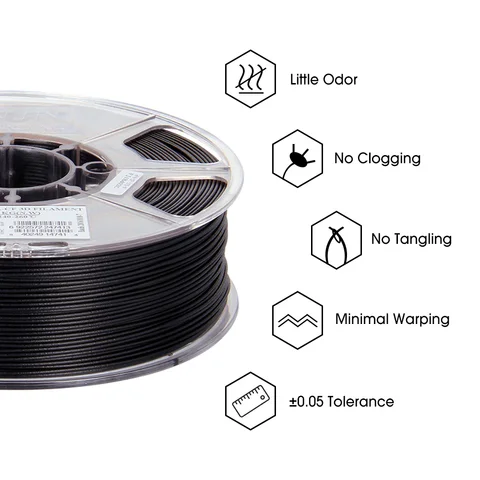 As you can imagine, given the many benefits of carbon fiber, it is already being used by more than just traditional manufacturing systems. In recent years, more and more 3D printing companies are offering carbon fiber reinforced materials or technologies. They are designed to work with this composite to provide better performance. So how is carbon fiber being used in additive manufacturing?
As you can imagine, given the many benefits of carbon fiber, it is already being used by more than just traditional manufacturing systems. In recent years, more and more 3D printing companies are offering carbon fiber reinforced materials or technologies. They are designed to work with this composite to provide better performance. So how is carbon fiber being used in additive manufacturing?
3D Printing Applications
In its 3D Printing Composites 2020 - 2030 report, IDTechEx reports that the global market for 3D printing composites will reach $1.7 billion by 2030. This figure also includes other composite materials, such as materials reinforced with fiberglass or plastic. However, this trend clearly demonstrates that the 3D printing industry is increasingly using all composites, including carbon, in their manufacturing activities. There are essentially two ways to use carbon fiber in 3D printing, the first is carbon fiber reinforced filaments and the second is continuous carbon fiber reinforcement.
Carbon fiber filament
Carbon fiber filament uses short carbon fibers composed of segments less than one millimeter long, which are mixed with a thermoplastic known as a base material. There are a number of popular filaments available with carbon fiber fill, including PLA, PETG, nylon, ABS, and polycarbonate. These fibers, being extremely strong, cause an increase in the strength and stiffness of the thread, and also reduce its overall weight. The requirements for 3D printing carbon fiber filaments should be the same as for the base material they were added to. The main difference is that fibers can clog 3D printer nozzles, so experts recommend using a hardened steel nozzle. In addition, when a certain threshold of fibers is exceeded, the part printed on a 3D printer loses its surface quality.
Carbon fiber segments embedded in thread for reinforcement | Source: Markforged
Some companies have developed carbon fiber fibers for more technical applications. These yarns use high performance polymers (HPPs) such as PEEK or PEKK as the base material. Consequently, they not only offer the benefits of HPPs such as durability and high mechanical and chemical performance, but also an improved strength to weight ratio. Print settings need to be adjusted as HPPs require extruders that can heat up to 400°C and systems that have heated chambers and build plates. Some of the carbon fiber filament manufacturers are: Roboze, 3DXTech, ColorFabb, Markforged, Kimya, Intamsys, Zortrax, etc.
These yarns use high performance polymers (HPPs) such as PEEK or PEKK as the base material. Consequently, they not only offer the benefits of HPPs such as durability and high mechanical and chemical performance, but also an improved strength to weight ratio. Print settings need to be adjusted as HPPs require extruders that can heat up to 400°C and systems that have heated chambers and build plates. Some of the carbon fiber filament manufacturers are: Roboze, 3DXTech, ColorFabb, Markforged, Kimya, Intamsys, Zortrax, etc.
Continuous carbon fiber reinforcement
Carbon fiber thread is definitely stronger than thread that has not been reinforced. However, to get an even stronger part, another method called continuous carbon fiber reinforcement can be used. Since carbon fiber is not cut into smaller pieces, it retains much more strength. In fact, continuous printing on carbon fiber is strong enough to be half the weight of aluminium. 3D printer manufacturers claim that they can replace metal 3D printing for some applications. And the main advantage is that it is cheaper than metal. Finally, by placing carbon fiber according to DfAM techniques, it is possible to increase the strength of the part while reducing material consumption.
And the main advantage is that it is cheaper than metal. Finally, by placing carbon fiber according to DfAM techniques, it is possible to increase the strength of the part while reducing material consumption.
Using DfAM methods, it is possible to strengthen a part using carbon fiber | Source: Anisoprint
There are several players on the market that offer technologies that can continuously print carbon fibers. They can be divided into two main types, depending on when the carbon fiber is added (it can be added before the 3D printing process or during). When added earlier, continuous fiber 3D printing is known as backing prepreg, while when added during extrusion, it is called co-extrusion. In the prepeg technique, you also get a composite thread (or tape), but the carbon fibers have not been cut, instead they have been impregnated with a polymer through a pultrusion process.
Members offering continuous fiber 3D printing include Markforged, Anisoprint, CEAD, etc.






